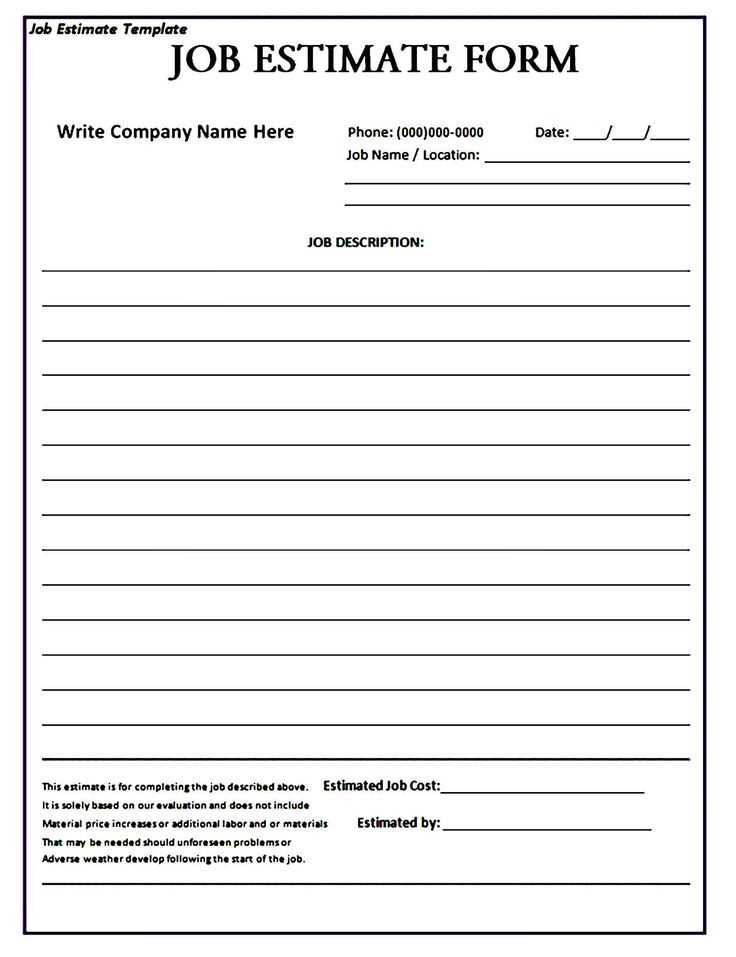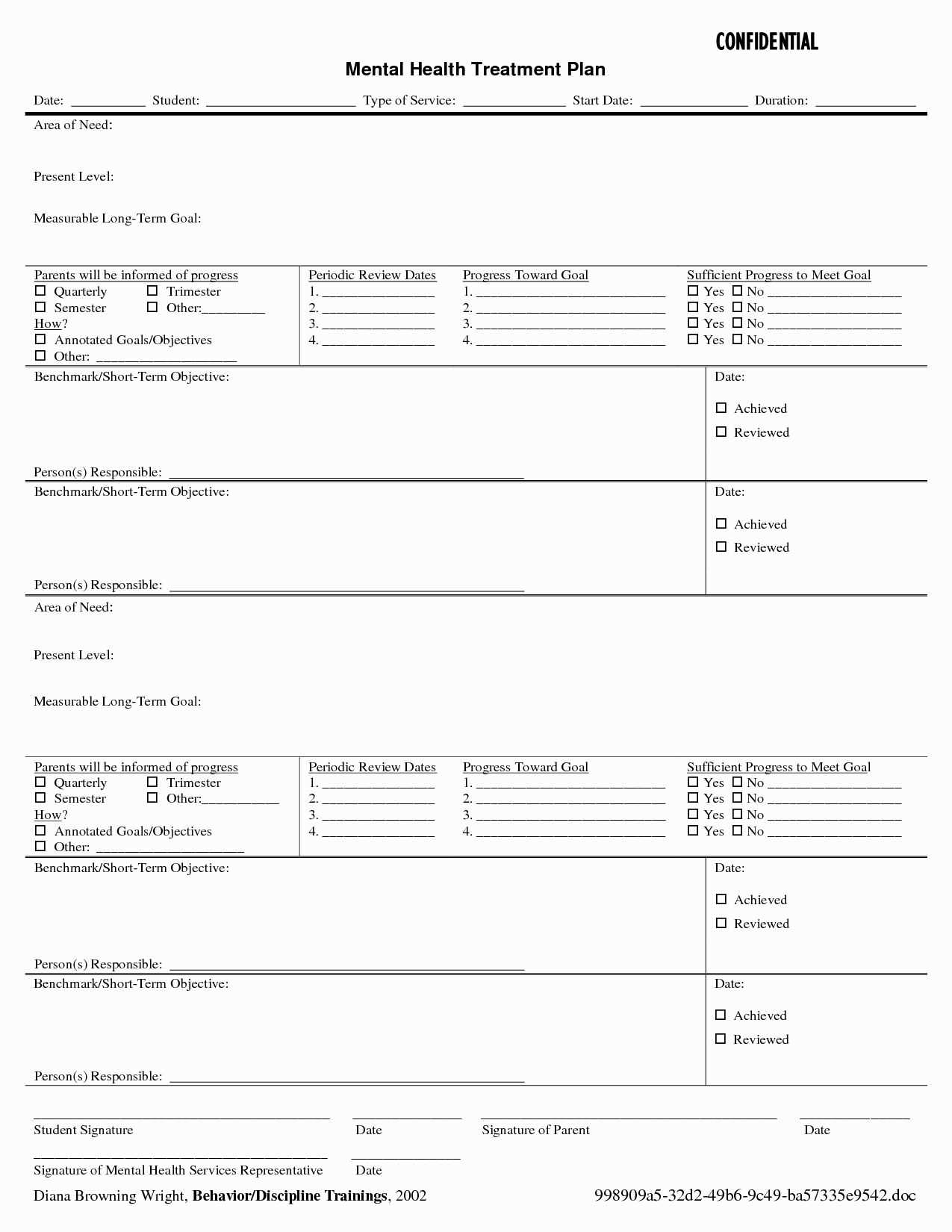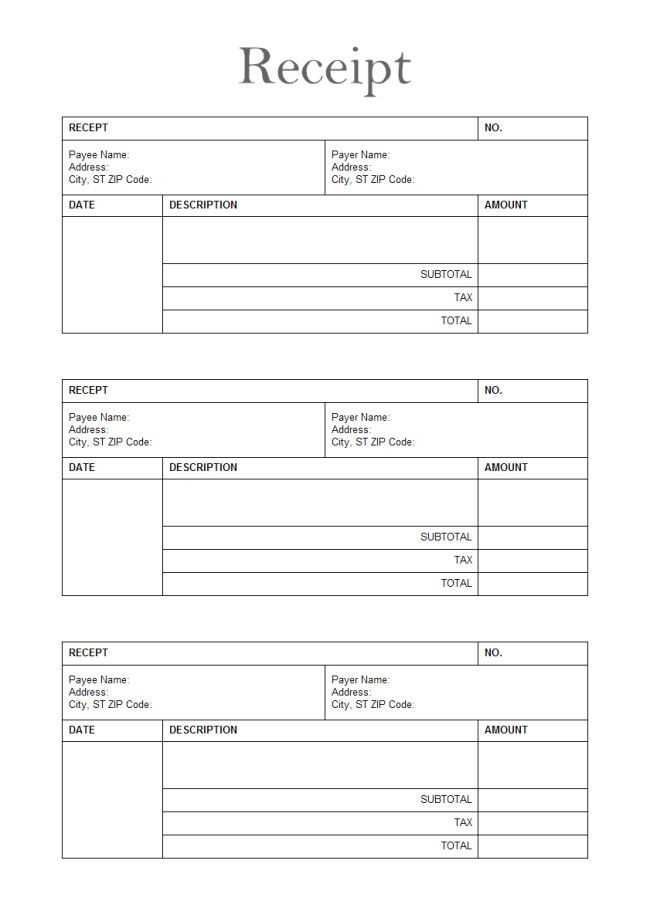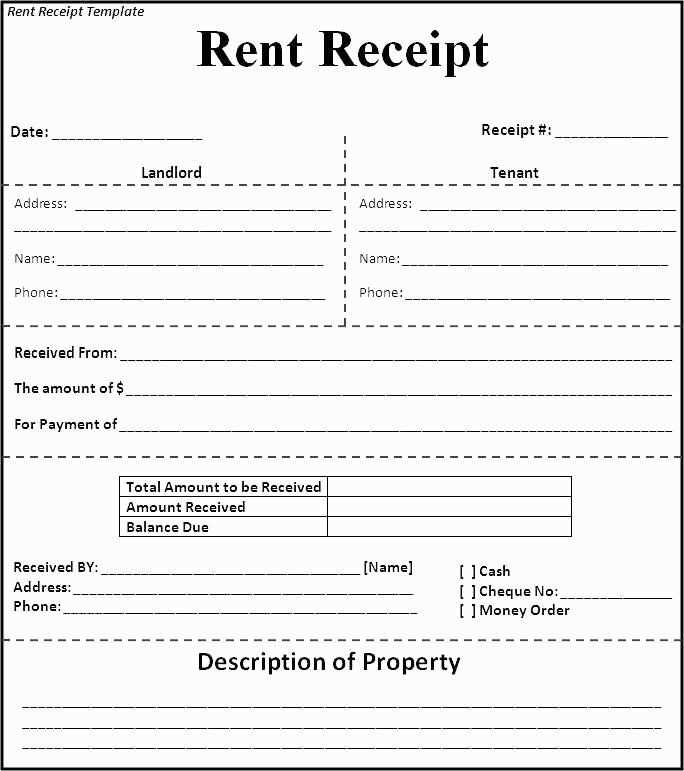
Creating a receipt template requires clear structure and accuracy. Ensure you include all necessary details to make transactions transparent and easy to reference. The template should be simple yet professional, offering space for all key transaction elements.
Start by including the date and time of the transaction at the top. This helps both parties track the purchase. Include the name and contact details of your business, so customers can reach out if needed. Below this, list the items or services purchased with their corresponding prices, taxes, and totals.
At the bottom of the receipt, always provide a total amount, ensuring it is clear whether it includes taxes or additional fees. If applicable, include a payment method and a receipt number for record-keeping purposes.
End the receipt with a thank you note or a simple reminder of your business hours. This adds a personal touch and can encourage customer loyalty.
Template for a Receipt
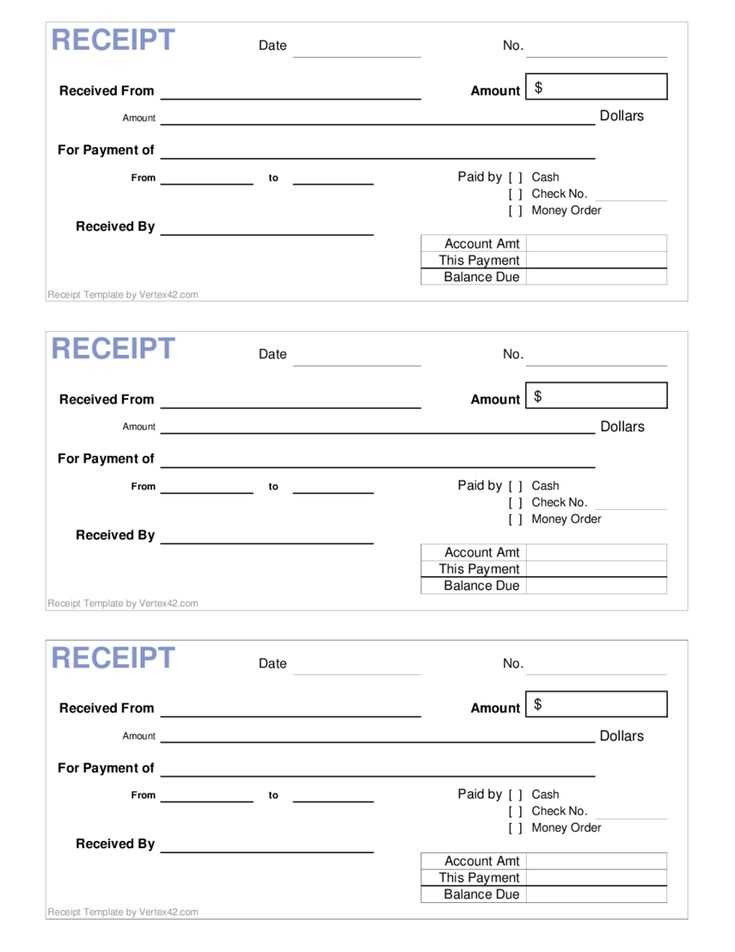
A simple receipt template should include the following key elements to ensure clarity and usefulness: the company name, receipt number, date, list of purchased items, their quantities, prices, and the total amount paid.
Key Components
The company name and contact details should appear at the top, making it easy for customers to identify the source. Include the receipt number, which helps with tracking transactions. Next, list the purchased items with clear descriptions, quantities, and unit prices. Finally, provide the total amount at the bottom, along with any applicable taxes or discounts.
Design Tips
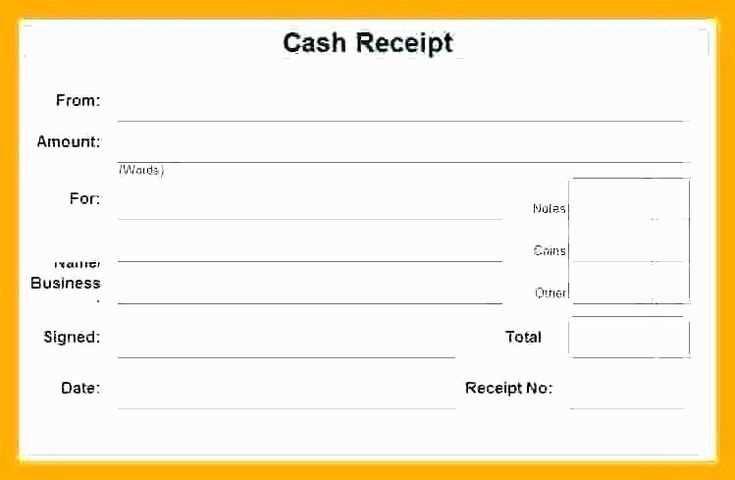
Keep the layout simple and organized, using clear headings and consistent formatting. Ensure the text is legible and the receipt fits easily on standard paper sizes. Offer a space for the customer’s payment method or any additional notes at the bottom if needed.
How to Structure the Header for Clear Identification
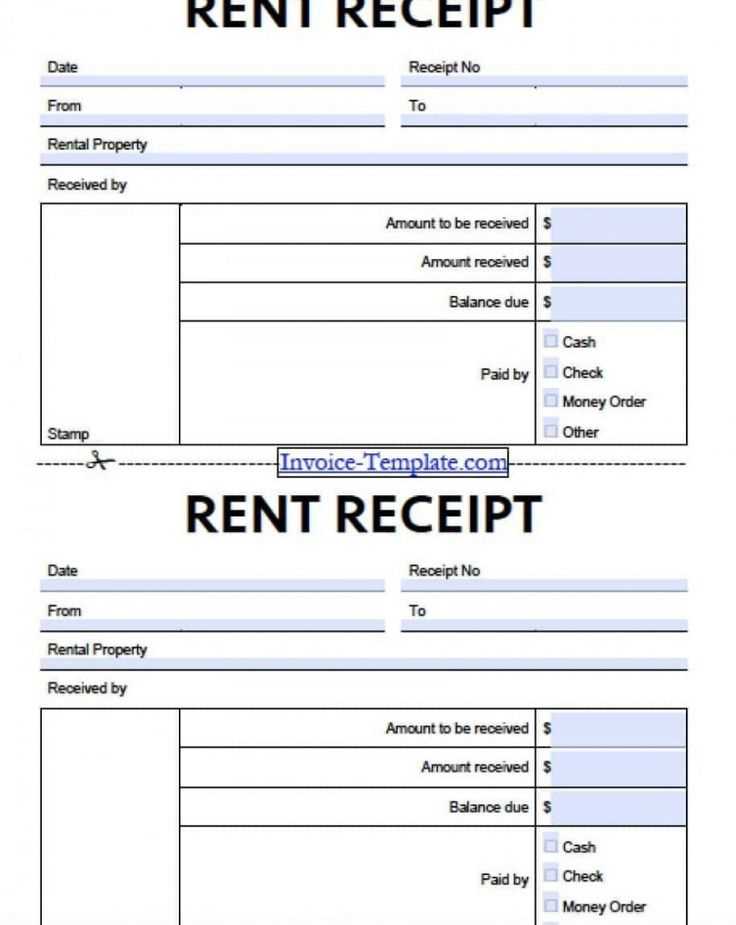
Begin by placing the name of the business or organization at the top, ensuring it stands out with a larger, bold font. This serves as the first point of reference for the recipient.
Next, include key details like the transaction type (e.g., “Receipt” or “Invoice”). Position this clearly beneath the business name to indicate the nature of the document.
Include Date and Time
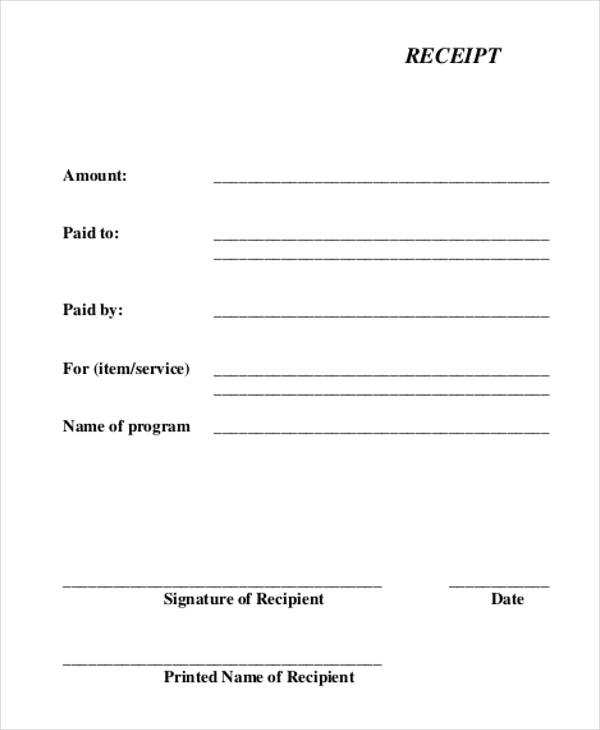
The date and time of the transaction should follow right below the document type. This helps to pinpoint the exact moment of the purchase and is crucial for record-keeping purposes.
Contact Information
List the contact details of the business, such as phone number, email, and website. This ensures that if any follow-up is needed, the recipient can easily reach the company.
Key Elements to Include in the Itemized List
List each item with clear, descriptive names. Avoid vague terms and be specific about what is being sold or provided.
- Item Name: Use a concise and accurate description. Include product model or serial number if applicable.
- Quantity: Clearly state how many of each item are included. This is important for purchases where multiples are involved.
- Unit Price: Show the cost per item or service unit. This helps customers understand the breakdown of the total amount.
- Total Price: Multiply the unit price by the quantity to show the total cost for each item.
- Taxes: Display applicable tax amounts for each item or the total order, including sales tax or VAT.
- Discounts: If any discounts apply, list them clearly next to the relevant item or as a line item for the entire order.
- Additional Fees: Include any extra charges, such as shipping or handling fees, in separate line items.
Each element should be easy to read and understand. Providing clear and accurate information builds trust and helps prevent misunderstandings.
Designing a Simple Footer with Legal and Contact Information
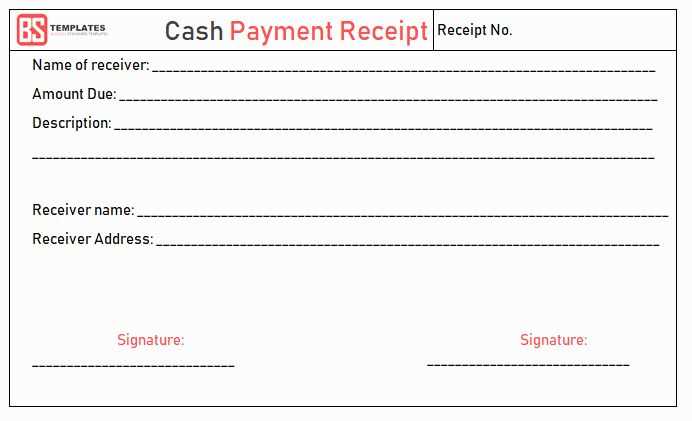
Place legal and contact details at the bottom of your receipt. Keep it straightforward and clear for quick reference. Start with your company name and registration details, such as tax ID or business number, to ensure compliance with local regulations.
For contact information, include a phone number, email address, and physical address. These should be easy to locate, using clean formatting and spacing to make them readable. Avoid cluttering this section with non-essential data. If applicable, include links to your privacy policy and terms of service.
Use a simple layout with minimal text and maintain consistent alignment. This keeps the footer visually balanced and user-friendly. Keep the font size slightly smaller than the body text, ensuring it’s legible without overpowering the rest of the receipt.
